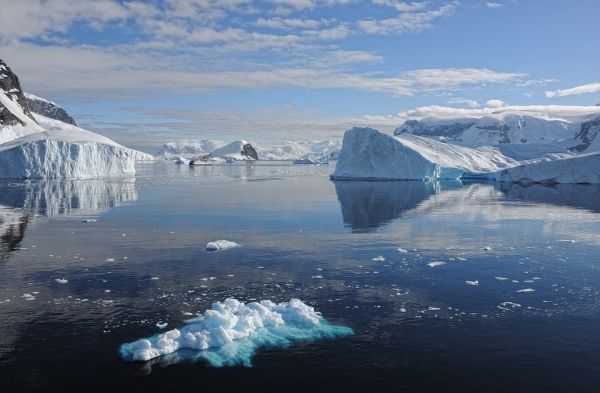Insights into how the West Antarctic Ice Sheet responded to a warmer climate millions of years ago could improve predictions of its future.
The new study, led by Imperial College London scientists, examined the status of Antarctic ice sheets during the Early Miocene, around 18-16 million years ago, which experienced both warm and cold periods. During warmer periods, sea level rose by up to 60 metres – the equivalent of melting all the ice currently on the Antarctic continent.
However, the contributions of the larger East Antarctic Ice Sheet (EAIS) and the smaller West Antarctic Ice Sheet (WAIS) to past sea-level rise was uncertain. Now, in a paper published today in Nature, Imperial scientists working as part of the International Ocean Discovery Program show that the extent of the WAIS was larger than thought during colder periods in the Miocene.
This means it contributed a lot more to sea-level rise events millions of years ago than previously thought. This insight will help researchers more accurately predict the future of the WAIS as the world warms.
Read more at Imperial College London
Photo Credit: jodeng via Pixabay


